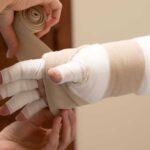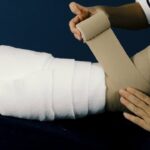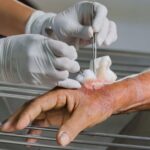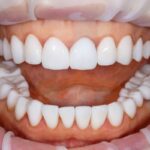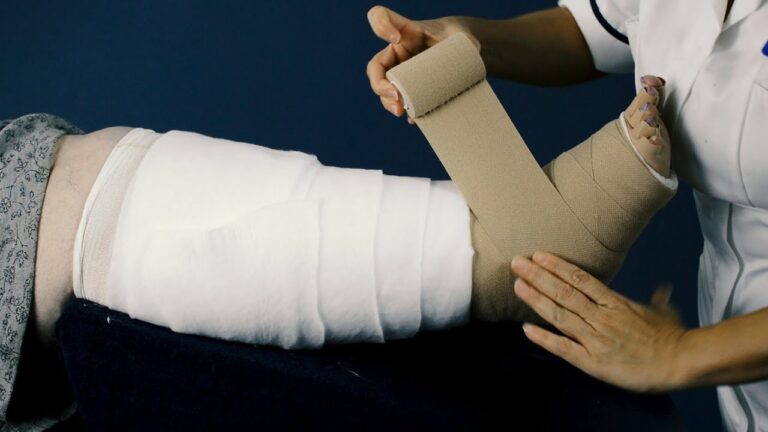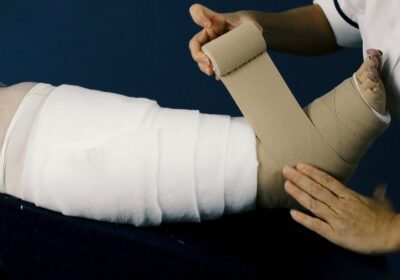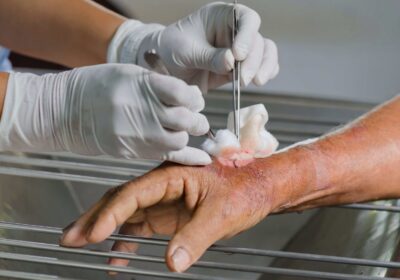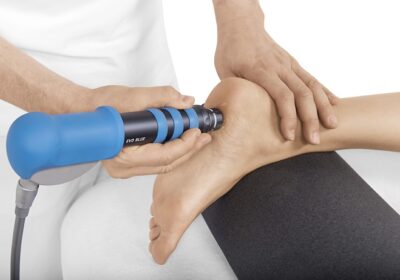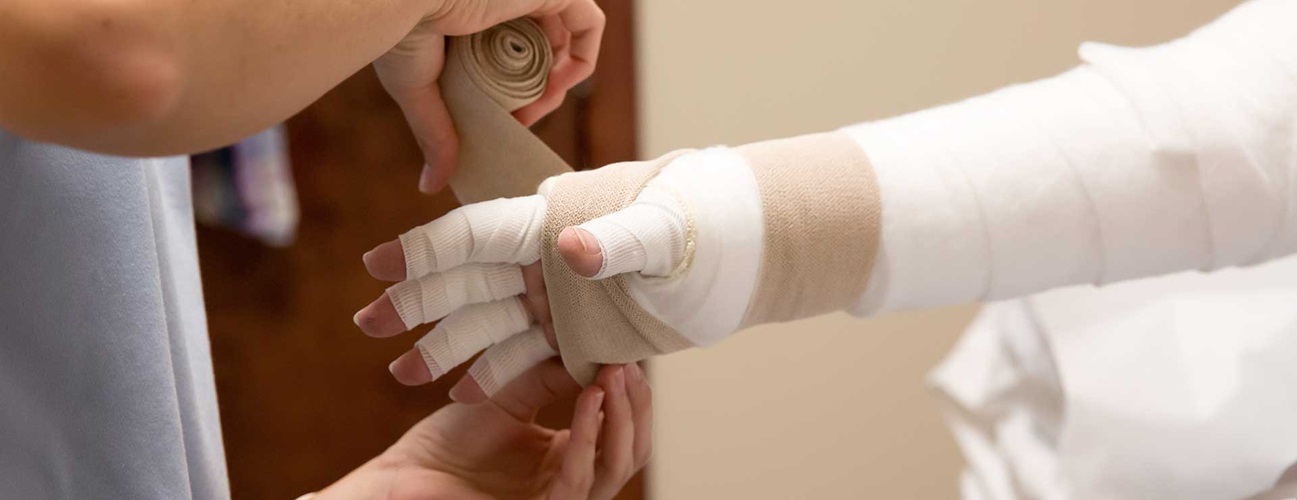
How to Control Lymphedema Fluid Build Up
Lymphedema is a chronic condition resulting from an impaired lymphatic system, leading to the accumulation of lymphatic fluid in the tissues. This fluid build-up causes swelling, commonly in the arms or legs, and can lead to discomfort, restricted movement, and increased risk of infection. Managing lymphedema effectively requires a combination of strategies aimed at controlling the fluid build-up, minimizing complications, and improving quality of life. This blog will explore practical steps to control lymphedema, with a special focus on the multi-layered compression system—a proven and essential tool in lymphedema management.
What is Lymphedema and Why Does Fluid Build Up?
Lymphedema occurs when lymph fluid cannot drain properly, often due to damage or removal of lymph nodes, congenital malformations, or as a consequence of cancer treatment. When the lymphatic system is compromised, fluid accumulates in the soft tissues, resulting in swelling and discomfort.
The body relies on the lymphatic system to return excess fluid and proteins from tissues back into the bloodstream. If this system is blocked or damaged, fluid collects, causing lymphedema. The swelling can be mild at first but may progress, leading to more severe symptoms and complications if not properly managed.
Key Principles for Managing Lymphedema Fluid Build Up
Effective control of lymphedema fluid build-up centers around four main strategies:
- Compression therapy
- Manual lymphatic drainage
- Exercise and movement
- Skin care
Compression Therapy: The Foundation of Lymphedema Management
Of all the available strategies, compression therapy is the cornerstone of lymphedema management. Its main goal is to apply external pressure to the affected limb, promoting the movement of lymph fluid out of the tissues and reducing swelling.
Introducing the Multi-Layered Compression System
A multi-layered compression system involves applying several layers of different materials to the limb, each with a specific function. This approach is typically more effective than single-layer bandaging or garments because it provides graduated and sustained pressure, supporting lymphatic return and helping to soften fibrotic tissues.
Components of a Multi-Layered Compression System
- Padding Layer: The first layer is a soft padding, such as foam or cotton, which protects the skin, evens out the limb’s contours, and absorbs moisture. Padding prevents pressure points and helps distribute compression evenly.
- Short-Stretch Bandages: These elastic bandages provide low resting and high working pressure. They allow for movement and muscle contraction, which further stimulates lymphatic flow.
- Cohesive/Elastic Bandages: The final layer secures the previous ones and provides additional support and compression.
The multi-layered system is generally applied by a trained health professional, although some patients and caregivers learn to do it at home. It is important to follow professional guidance to avoid improper technique, which can cause damage or reduce effectiveness.
How Multi-Layered Compression Controls Fluid Build Up
The multi-layered compression system works by creating a pressure gradient—higher pressure at the distal part of the limb (farthest from the heart) and gradually decreasing as it moves proximally (closer to the heart). This encourages the lymph fluid to move out of the swollen tissue and return to the central circulatory system.
Additionally, the layers prevent fluid from accumulating again, support weakened tissues and reduce the risk of further swelling. Compression also helps soften hardened or fibrotic tissues, making mobility easier and reducing discomfort.
Additional Strategies for Lymphedema Control
Manual Lymphatic Drainage (MLD)
MLD is a gentle, specialized form of massage performed by trained therapists. It stimulates the flow of lymph fluid and helps clear blockages. When combined with compression therapy, MLD can be highly effective in controlling fluid build-up.
Exercise and Movement
Physical activity, especially exercises that involve the affected limb, helps stimulate lymph flow. Simple movements, stretching, and low-impact aerobic exercises can prevent fluid from accumulating.
Skin and Nail Care
Maintaining healthy skin is crucial since lymphedema increases the risk of infections like cellulitis. Keep the skin clean and moisturized, treat cuts or scratches promptly, and avoid injuries or insect bites in the affected area.
Practical Tips for Successful Compression Therapy
- Have a lymphedema specialist or certified therapist apply or supervise the first multi-layered compression applications.
- Check your skin daily for signs of irritation or breakdown under the bandages.
- Keep the limb elevated when possible, to reduce fluid pooling.
- Use compression garments as advised, especially after the intensive bandaging phase is complete.
- Stay hydrated and maintain a healthy weight, as obesity can worsen lymphedema.
When to Seek Medical Help
If you experience increased pain, redness, sudden swelling, fever, or sores on the limb, contact your healthcare provider promptly. These could be signs of infection or other complications requiring immediate medical attention.
Conclusion
Controlling lymphedema fluid build-up is a lifelong commitment, but with the right strategies, it is possible to manage symptoms and maintain a good quality of life. The multi-layered compression system stands out as a highly effective method for reducing swelling, supporting tissues, and preventing further fluid accumulation. By combining compression with massage, exercise, and good skin care, patients can take an active role in their health and well-being. Always work closely with your healthcare team to develop an individualized plan tailored to your needs and remember that consistent management is key to keeping lymphedema under control.

